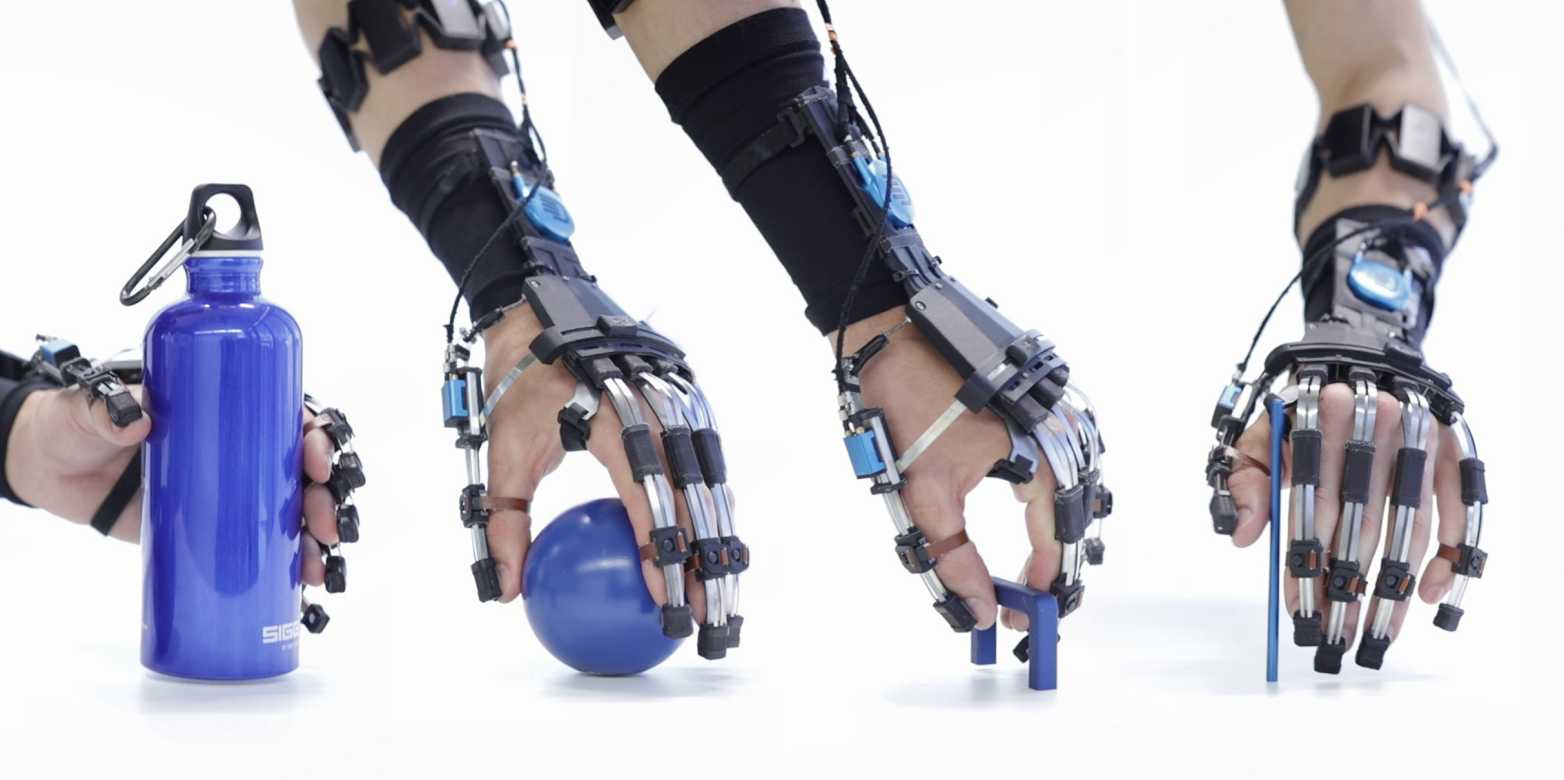This course introduces the fundamentals and applications of rehabilitation engineering and assistive technologies (ATs). It is an introduction to a field of engineering dedicated to improving the lives of people with disabilities. A range of disabilities and assistive technologies will be investigated. The course will examine the three basic approaches of assistive technologies and rehabilitation engineering, namely: design for use by the broadest possible population, design for subpopulations, and design for the individual. The relationship between engineering innovation, the engineering design process, the human-technology interface, and the physical medicine and rehabilitation medical community will be explored. The course highlights the models for AT service delivery, the design tools and principles of universal design, and various technology-transfer mechanisms, models, and principles. It explains the process for creating assistive device standards, followed by a review of seating biomechanics and soft tissue biomechanics, followed by the design and service delivery principles of wheelchairs and scooters, functional electrical stimulation and its applications, wheelchair-accessible transportation legislation, and the applications of robotics in medical rehabilitation. Prosthetic and orthotic design and usage, visual and hearing impairment, and augmentative and alternative communication (AAC) technology are also discussed.

- Lecturer: Davaughn Sanderson